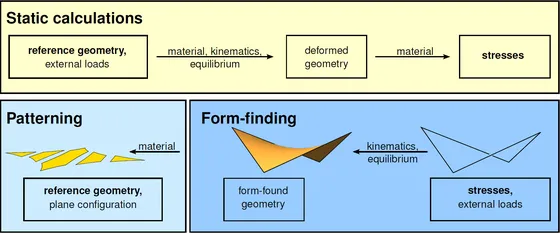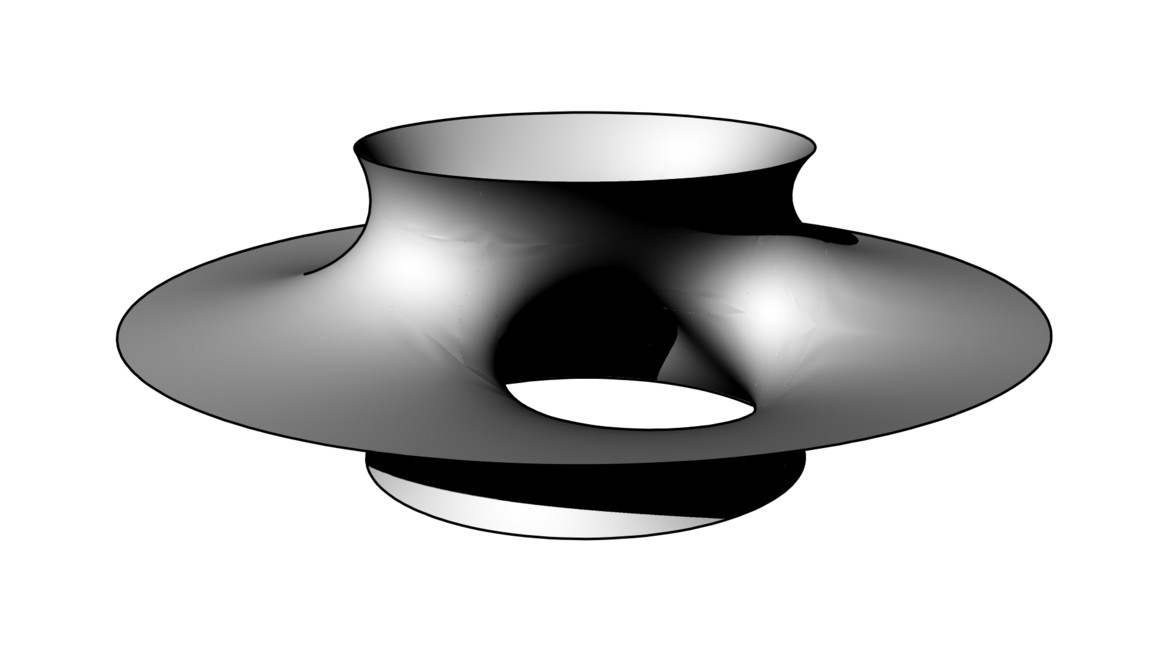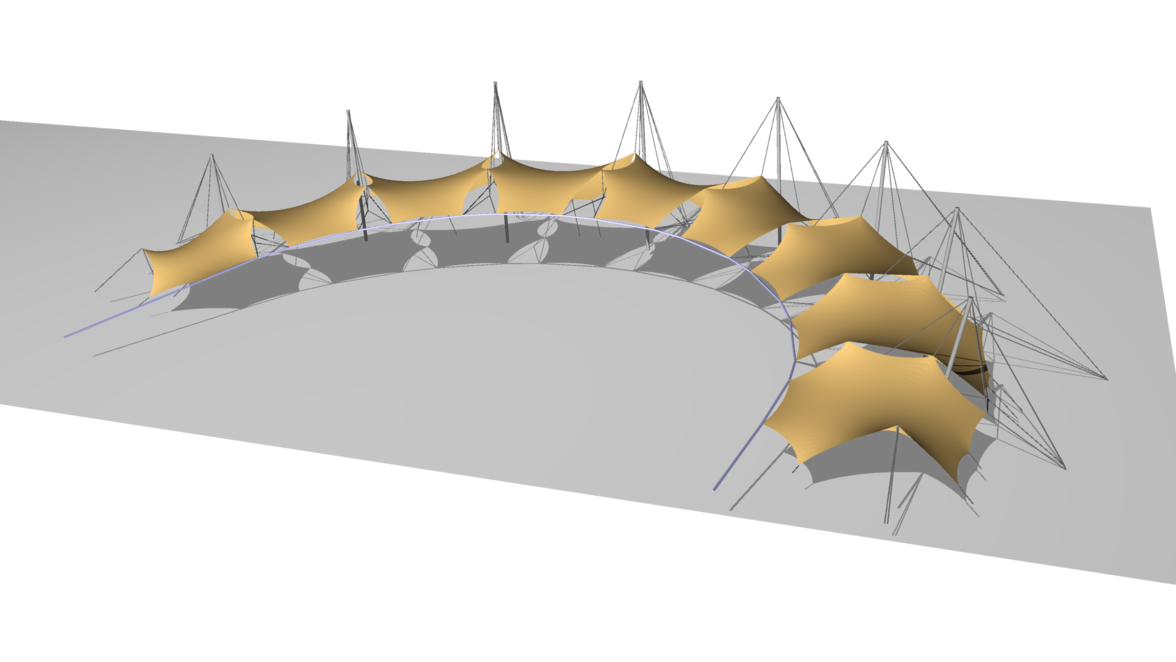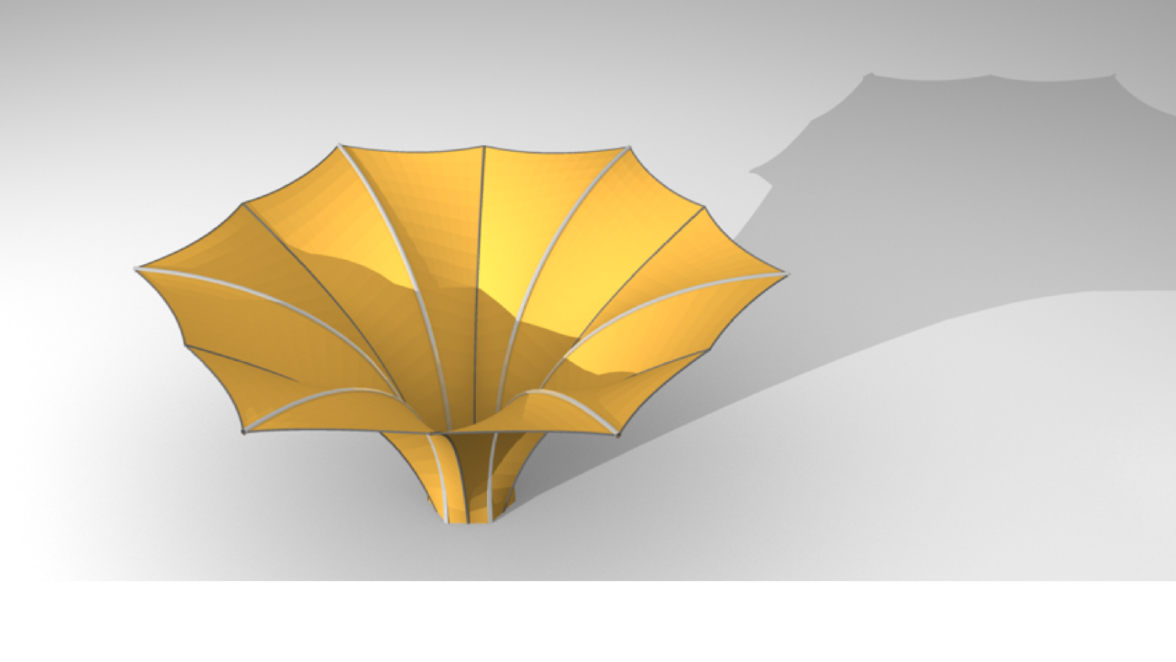Formfinding of Membrane Structures
Architectural membranes are lightweight structures which combine an optimal material utilization with an impressive language of shapes. With a thickness in the range of millimeters these structures possess no bending stiffness at all.
The interaction of forces and geometry in combination with prestress is essential for the characteristic load bearing through tension only. In contrast to most conventional structures, the shape of a membrane structure cannot be set but needs to be designed by means of a formfinding analysis. The aim of formfinding analysis is finding the equilibrium shape for a given prestress and boundary conditions.
The singularity of the equilibrium equation constitutes the main problem in formfinding, like the floatage on a soap bubble surface. Various methods of formfinding have been developed in order to circumvent this problem and stabilize the equation.
The chosen method of formfinding at the Chair of Structural Analysis is the Updated Reference Strategy (URS) [Bletzinger 1999]. A correct but unstable equilibrium formulation in the current configuration is superposed with a similar stable one in the reference configuration, leading to a very robust and versatile formfinding method.




